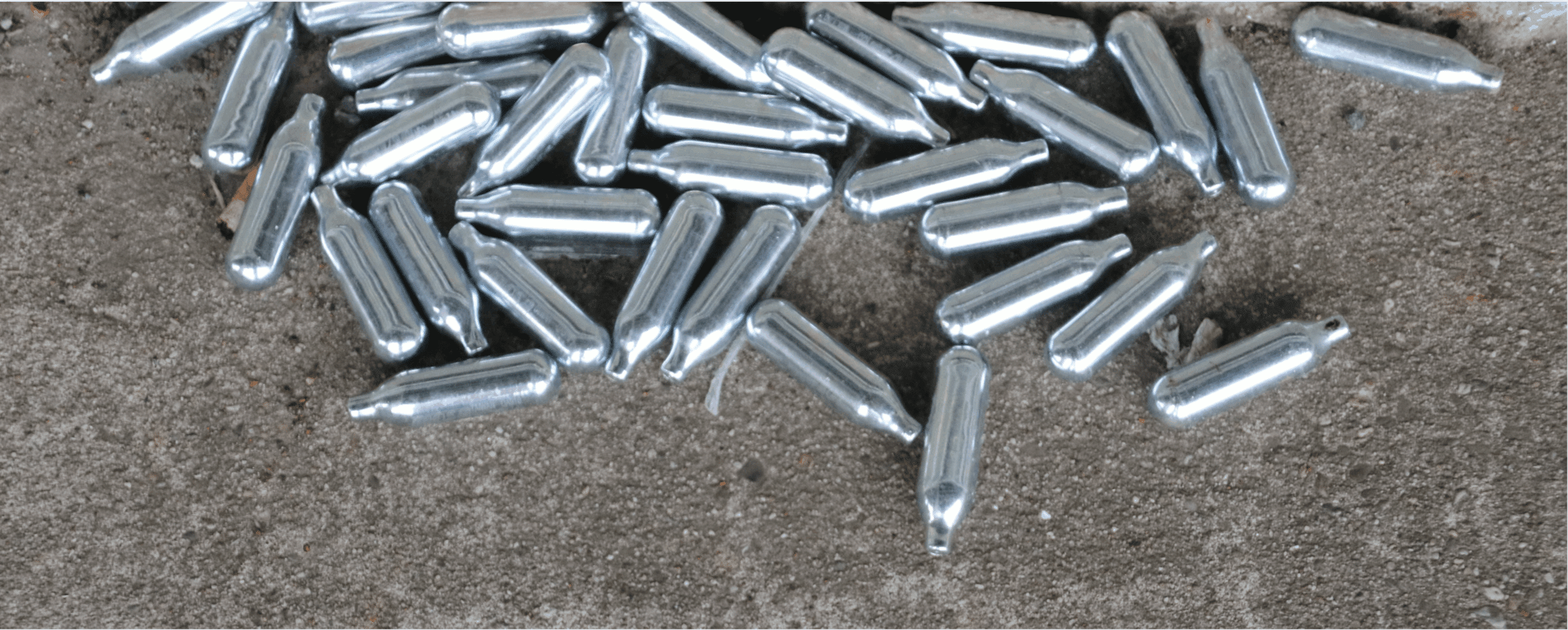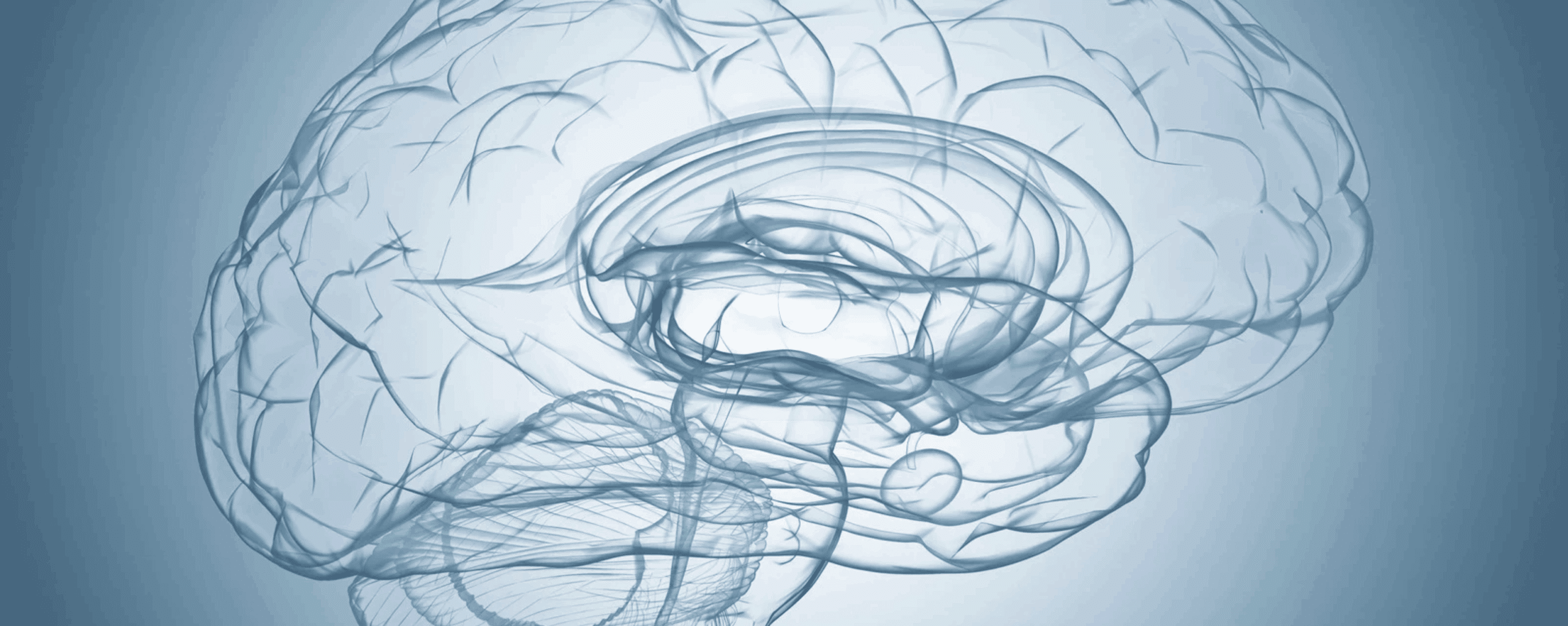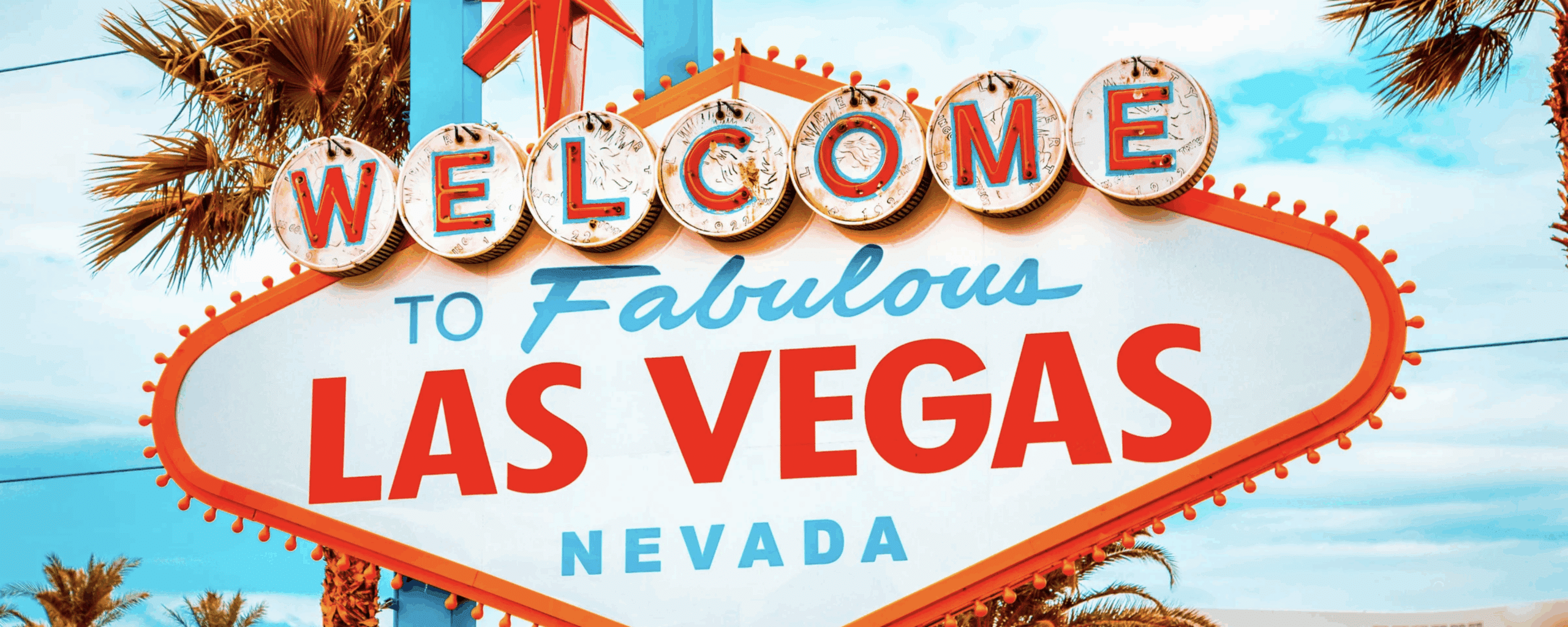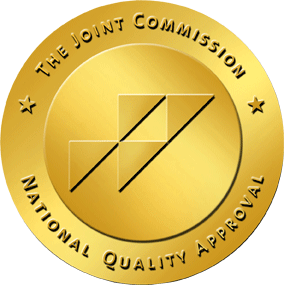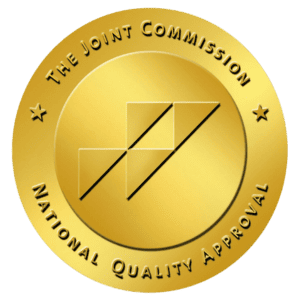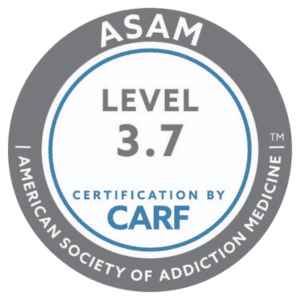Private Rehab Center
People can become addicted, regardless of class, race, sex, age, sexuality, or gender identity. No matter the substance involved,
substance abuse disorder occurs for a number of reasons. If you don’t know how to stop or why you became addicted, a private rehab center can help. A private rehab center provides a place away from the world’s problems to recover from addiction and learn the triggers of substance abuse.
Vogue Recovery offers private rehab centers in California, Nevada, and Arizona. We combine the beauty of our natural surroundings with therapy, luxury amenities, and detox to help you achieve total sobriety. If you need a personal space to recover, come to our private rehab center.
Detox at a Private Rehab Center
When you decide to enroll in a private rehab center, there’s a couple of things you should know. An inpatient facility offers more separation from the outside world, with 24/7 monitoring and medical assistance. Patients are more likely to succeed and commit to treatment in a structured, inpatient, private rehab center. Our programs center on two steps: detox and therapy.
All recovery, no matter the substance, begins with
detox. Over the course of addiction, both the body and mind adapt to and become dependent on the addictive substance. Chemical dependency is the root of both addiction and withdrawal symptoms. Some substances have particularly severe withdrawal symptoms that, in the most extreme cases, can threaten a patient’s life. Because of this, medical detox is absolutely necessary for recovery.
Our professional medical staff works side by side with patients throughout the detox process. Our team also administers
medications to interrupt and mitigate these withdrawal symptoms in order to minimize your suffering.
Therapy at a Private Rehab Center
After the detox portion of recovery, the next step is healing your mind and ending your psychological dependency on drugs. Without this step, even with a detoxified body, you will still have the temptation to use, increasing your chances of a relapse.
We know that no two people are identical and that recovery is a personal journey. We have many different treatment modalities to suit each of our patient’s needs. Therapies at Vogue Recovery Center include:
Overcome Addiction With Vogue Recovery
It doesn’t matter how many times you’ve tried to quit before and relapsed. What is important is to keep on trying and make a permanent positive change in your life. A better world is possible for you and your loved ones once you complete your recovery from addiction.
Vogue Recovery Center is in-network with Sierra Health and Life, along with a number of other
insurance providers. These providers include the majority of PPO insurance plans. To receive more information please give us a call at
(866) 682-8449 or
contact us online. We’re happy to address any questions or concerns you might have about our private rehab center.


